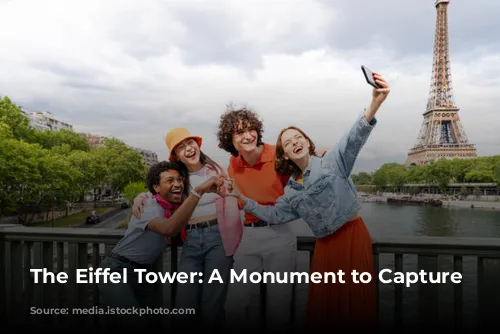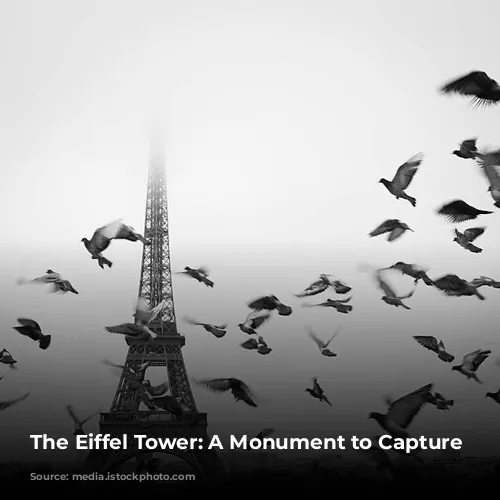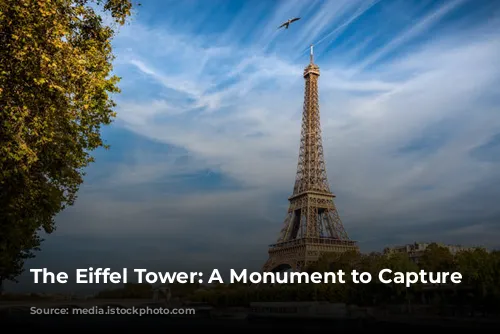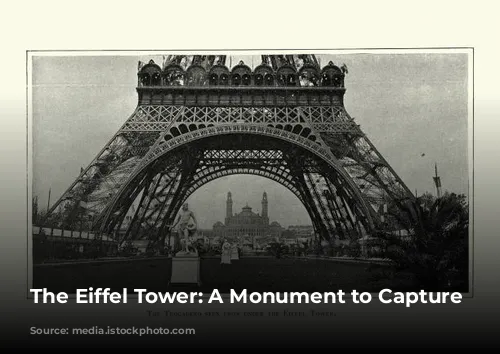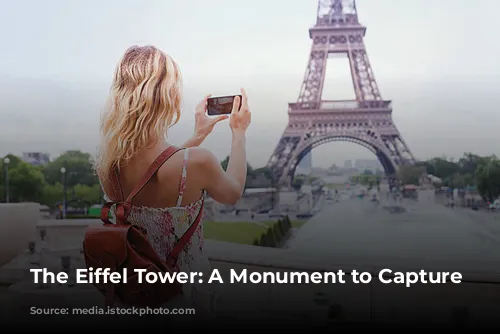The Eiffel Tower, a majestic symbol of Paris and France, captivates imaginations worldwide. Its iconic silhouette graces films, reports, photographs, and countless other artistic expressions. But the Tower’s popularity extends beyond artistic endeavors. Its image is ubiquitous, adorning everything from souvenirs to billboards, a testament to its enduring magic.

Filming the Iron Lady
The Eiffel Tower offers a range of possibilities for filming, both day and night. The Tower’s two levels provide adjustable viewpoints, offering stunning vistas of Paris from 57 meters or 116 meters above the city. Various filming locations are available, from the bustling forecourt to exclusive areas inaccessible to the public.
The dedicated Eiffel Tower team meticulously considers each project, ensuring that filming aligns with the monument’s specifications and artistic requirements. Each operation is meticulously assessed and fairly priced. Filming at night requires image rights authorization, as the Tower’s captivating illuminations are protected.

Media Coverage and Production
Journalists reporting on the Eiffel Tower or related events can film during the day or night, primarily in areas with minimal public presence to ensure minimal disruption to the Tower’s operations. A dedicated service lift connects the ground level to the second floor, offering convenient access for equipment and crews.
Before filming, the team collaborates on technical solutions and safety protocols, considering electrical needs, production control, and access for teams and equipment. The Eiffel Tower’s illumination time can be extended on a case-by-case basis. Parking is available for unloading on Avenue Gustave Eiffel, but vehicles must be promptly moved.
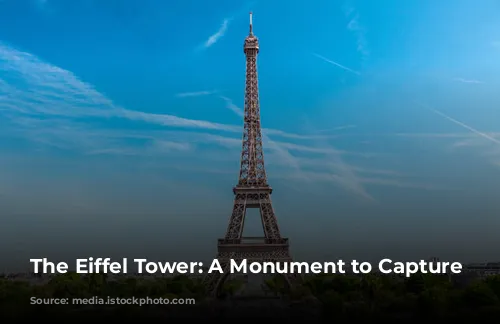
Image Rights: Day vs. Night
The Eiffel Tower’s daytime image is considered public domain, meaning its use is free and doesn’t require authorization from the SETE (Société d’Exploitation de la Tour Eiffel), the company responsible for the Tower’s image on behalf of the City of Paris.
However, the Eiffel Tower’s captivating nighttime illuminations (including the golden glow, twinkling lights, beacon, and event lighting) are protected. Using the image of the Eiffel Tower at night requires prior authorization and payment of rights fees, calculated based on factors like the intended use and media plan.
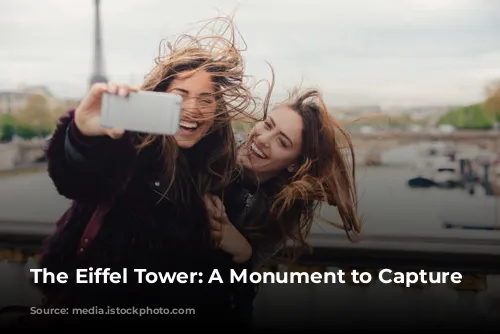
Personal Use and Professional Requirements
Individuals taking pictures of the Eiffel Tower for personal use do not require prior approval. But professionals must contact the Eiffel Tower team to learn about the image usage guidelines.
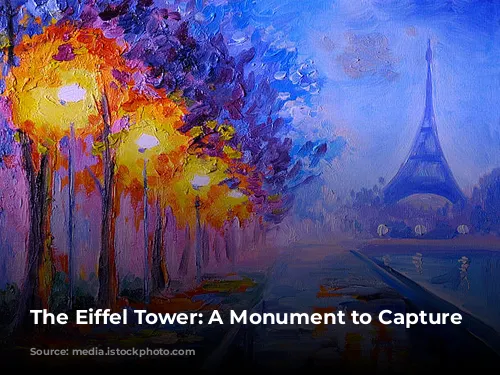
The Eiffel Tower Brand: Trademark Protection
The name “The Eiffel Tower” is a registered trademark, enjoying the legal protections associated with such branding. Products featuring the Eiffel Tower brand must undergo a licensing agreement, negotiated on a case-by-case basis.
Do you have questions about using the Eiffel Tower’s image or brand? Contact the team for information and guidance.
